When we look back at the artists we call “one-hit wonders,” it seems like they come out of nowhere and then disappear as quickly as they arrived. That is probably rarely, if ever, true, and it certainly wasn’t the case for the French vocalist, songwriter, and producer Patrick Hernandez. He is known for his 1979 disco smash, “Born to Be Alive,” but there is more to Hernandez’s story than his one big international hit.
Videos by American Songwriter
Hernandez wrote and recorded “Born to Be Alive” several years before the version we all know made it onto the Top-40 airwaves and dance floors. While the song itself remains popular today, its biggest impact on music may have been the opportunity it provided for a dancer who went on to become a superstar a few short years after the single’s release.
Eschewing Rock for Disco
Hernandez’s path to his brief disco stardom was not a linear one. He spent much of the ‘70s working as a studio musician and touring with several different groups in France. He was part of the French trio Paris Palace Hotel (also known as PPH), which released a self-titled album in 1975 along with a few singles. One of those singles, “Back to the Boogie,” would wind up on Hernandez’s solo debut Born to Be Alive as a danceable duet with his PPH bandmate Hervé Tholance. In its PPH incarnation, “Back to the Boogie” was a rock tune that became a Top-40 hit in France, Germany, and the Netherlands.
“Born to Be Alive” went through a similar transformation. Hernandez wrote it in 1973, and he recorded it in a rock style with PPH in 1975. In a 2016 interview with France Net Infos, Hernandez said this recording never got released “due to lack of interest from the record companies.” PPH broke up after its brief run, and for a time Hernandez quit the music business. When he returned, Hernandez made a disco album with producer Jean Vanloo, and a revamped version of “Born to Be Alive” became the title track and lead single.
A Star (Not Hernandez) Is Born
“Born to Be Alive” achieved something that was common in the mid-to-late ‘70s, but would only be replicated a few more times afterward. It was a disco song that topped Billboard’s Dance Club Songs chart (then known as the National Disco Action chart) and also registered in the Top 40 of the Billboard Hot 100. However, Hernandez would soon go the way of Anita Ward and Lipps Inc.—a couple of other artists who scored one massive disco-pop crossover hit late in the disco era. Whereas we would never see any of these artists on the Top 40 again, Hernandez’s big hit helped to spawn the career of someone who would crack that chart 49 times.
In the aftermath of “Born to Be Alive” becoming an international hit, Hernandez was looking to hire dancers for some upcoming shows in Paris. He held tryouts in New York, and Madonna was one of the dancers who was hired. At this point, she had been getting work as a dancer but had yet to embark on a music career. Hernandez told New York magazine in 1991 he and his producers were particularly impressed with Madonna, and their intention was to bring her to Paris so she could start a recording career. She spent three months with Hernandez’s touring group before deciding to return to New York. Shortly thereafter, she and her partner Dan Gilroy formed The Breakfast Club, and Madonna served mainly as the band’s drummer. A year-and-a-half later, she had her first recording contract. In late 1982, Madonna had her first chart hit with “Everybody,” and more than 40 years later, her songs are still charting.
The Impact of “Born to Be Alive”
“Born to Be Alive” had some staying power on the charts, spending 19 weeks on the Billboard Hot 100 and peaking at No. 16. It also went to No. 1 on the pop charts in a dozen countries, including Hernandez’s native France. In fact, it was the most popular song for all of 1979 in his home country. The album Born to Be Alive went to No. 61 on the Billboard 200 and No. 1 in Australia and Sweden.
“Born to Be Alive” may be as popular now as it was when it charted in 1979. The original version of the song has been streamed more than 215 million times on Spotify, and alternative versions and remixes account for another roughly 20 million streams. Its official video has been viewed over 200 million times on YouTube. The song has been covered by dozens of artists, including Amyl and The Sniffers and The Weather Girls.
Is Hernandez Really a One-Hit Wonder?
It’s hard to quibble with Hernandez’s designation as a one-hit wonder, but he did have one more single enter a Billboard chart after “Born to Be Alive.” “Disco Queen” reached No. 88 on the Dance Club Songs chart five months after “Born to Be Alive” topped those rankings. Hernandez also has one more song that has received more than 1 million streams on Spotify. “I Give You a Rendez-Vous” was the B-side of the “Born to Be Alive” single in the UK, and at least on Spotify it is far-and-away Hernandez’s second-most popular song.
Hernandez would go on to release two more albums, and he had a sprinkling of minor hits in Europe later in the ‘80s. He certainly never came close to replicating the success of “Born to Be Alive.” Hernandez’s time in the spotlight may have been brief, but that singular moment was years in the making.
When you purchase through links on our site, we may earn an affiliate commission.
Photo by Michael Ochs Archives/Getty Images


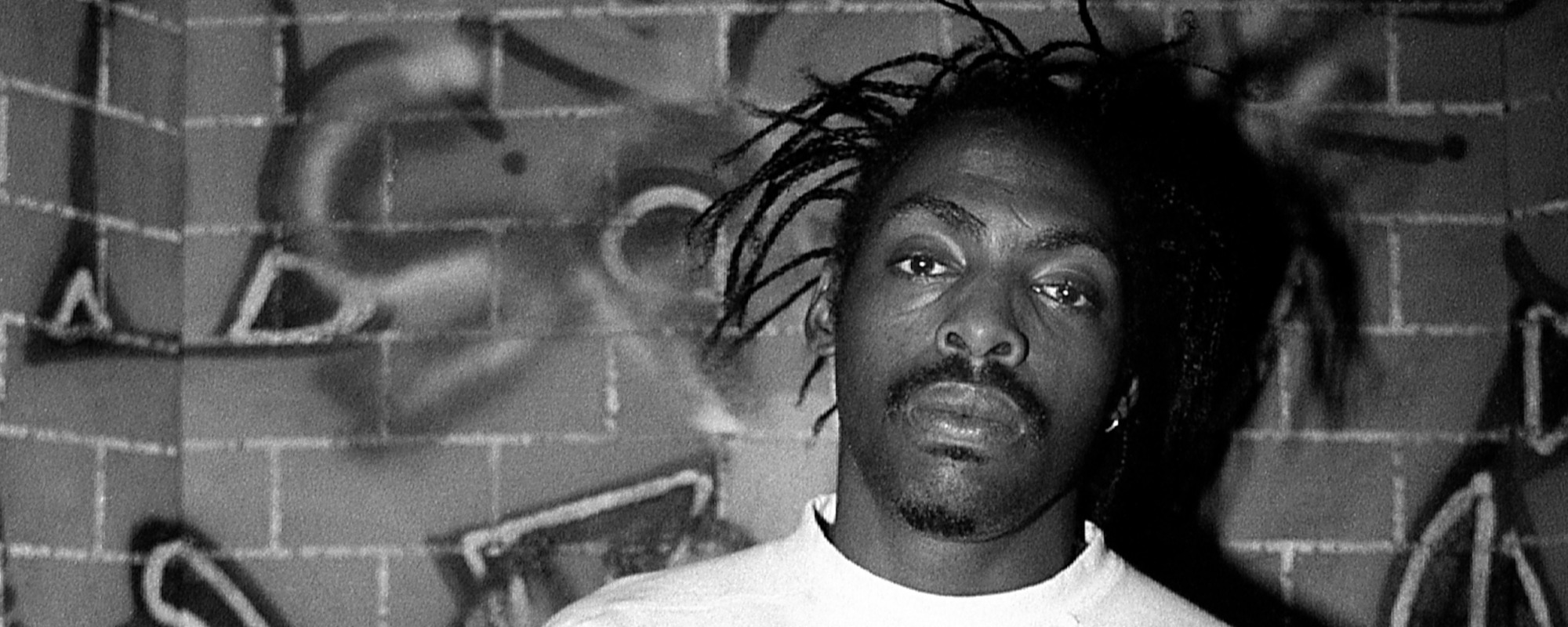

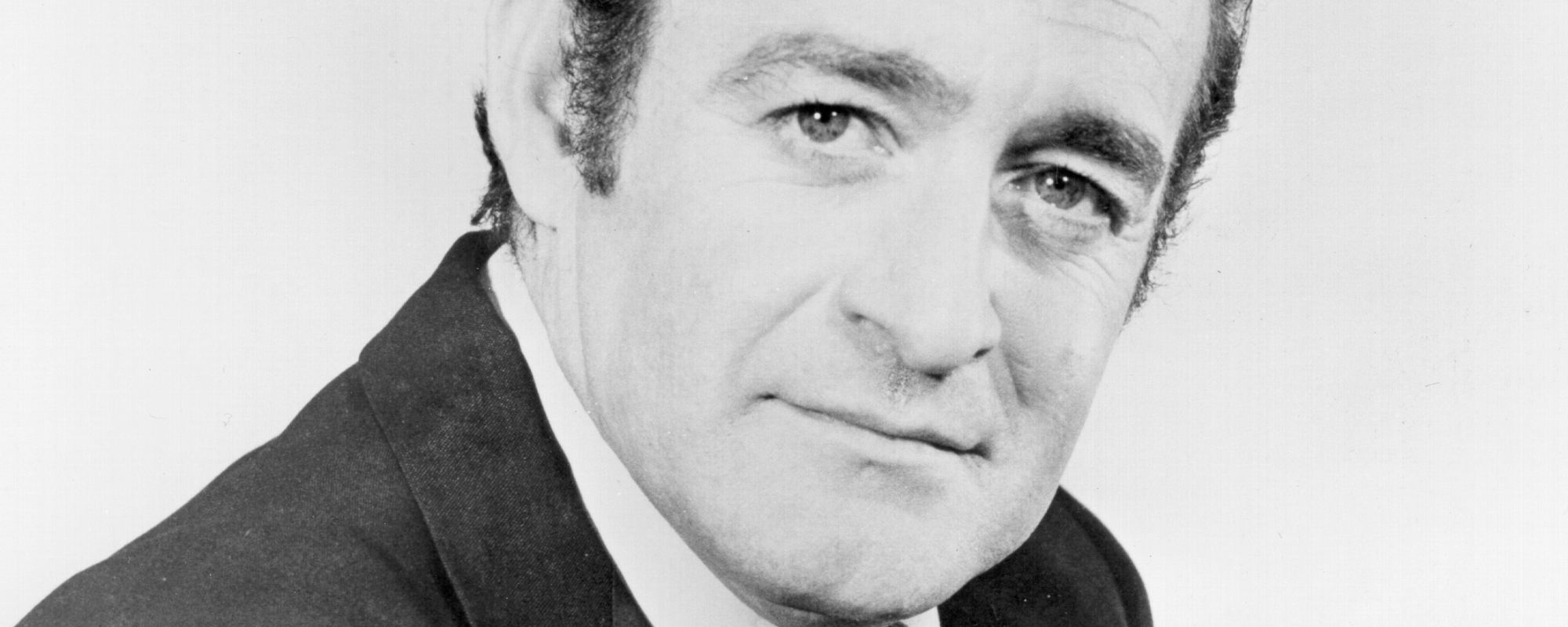
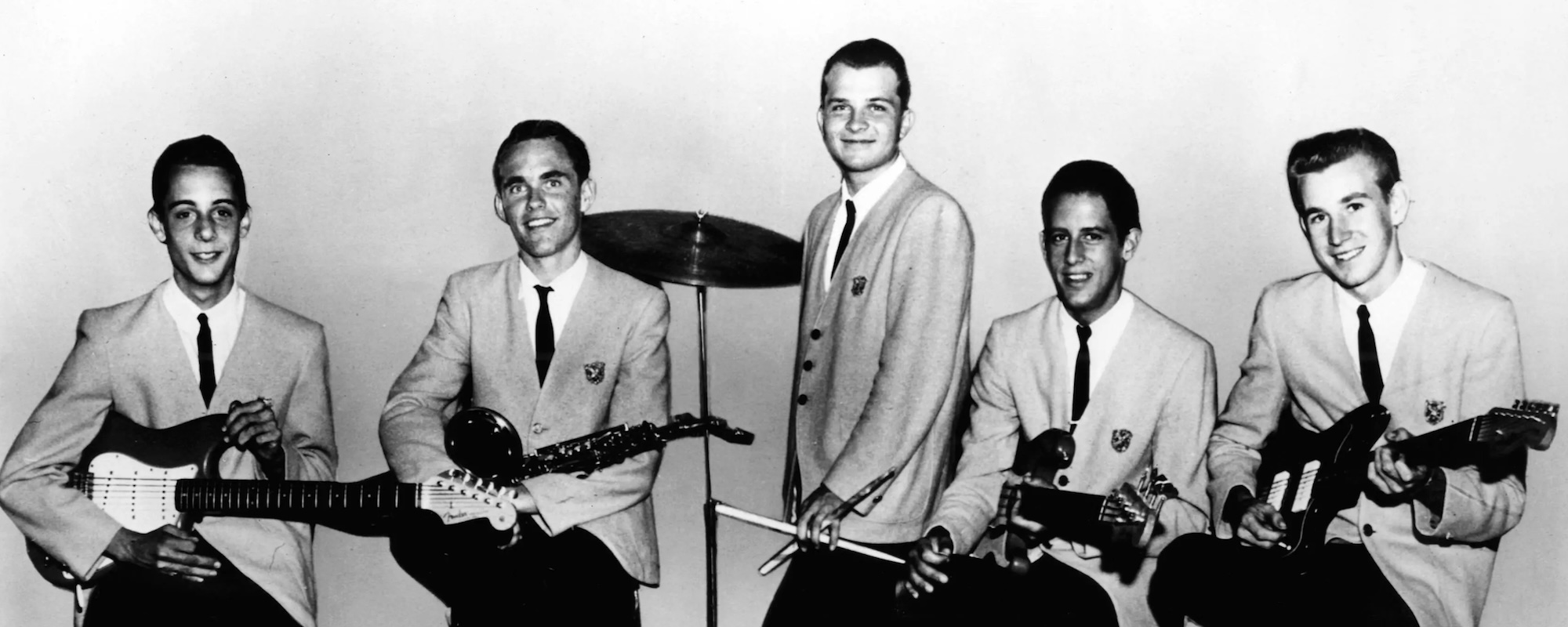
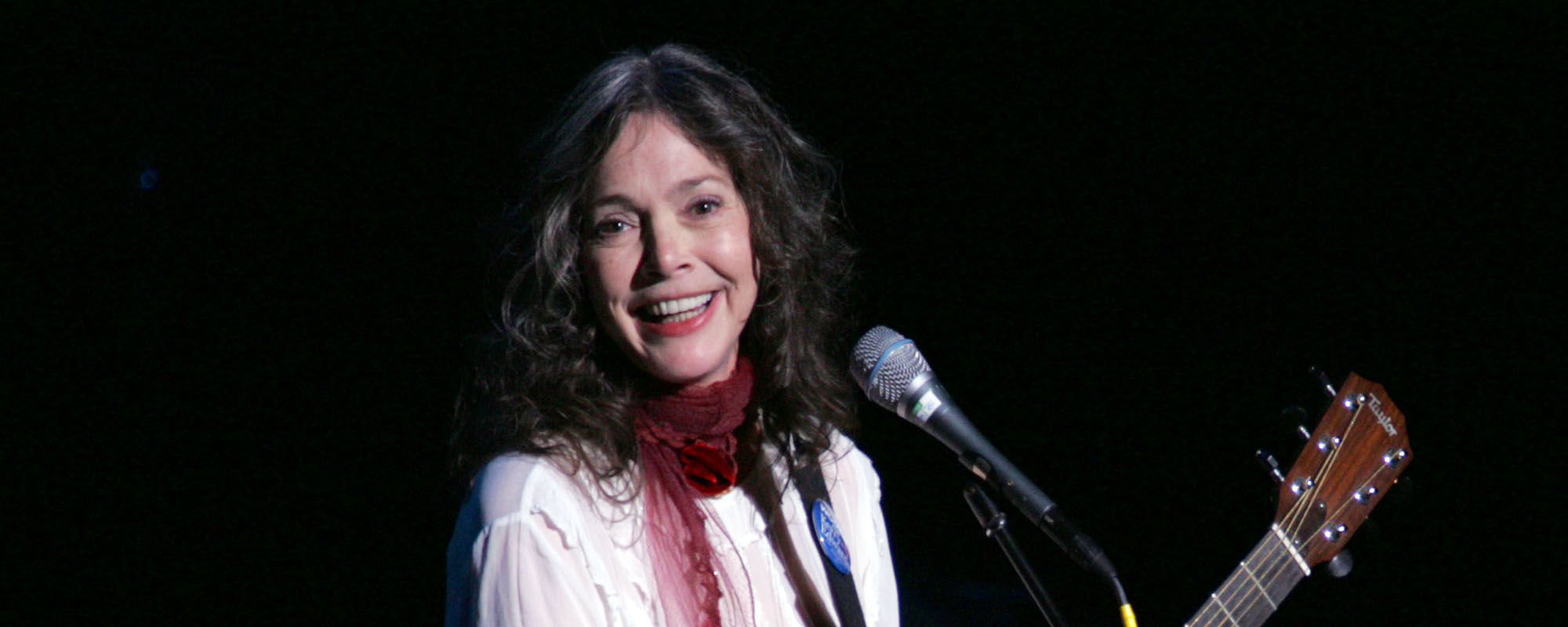


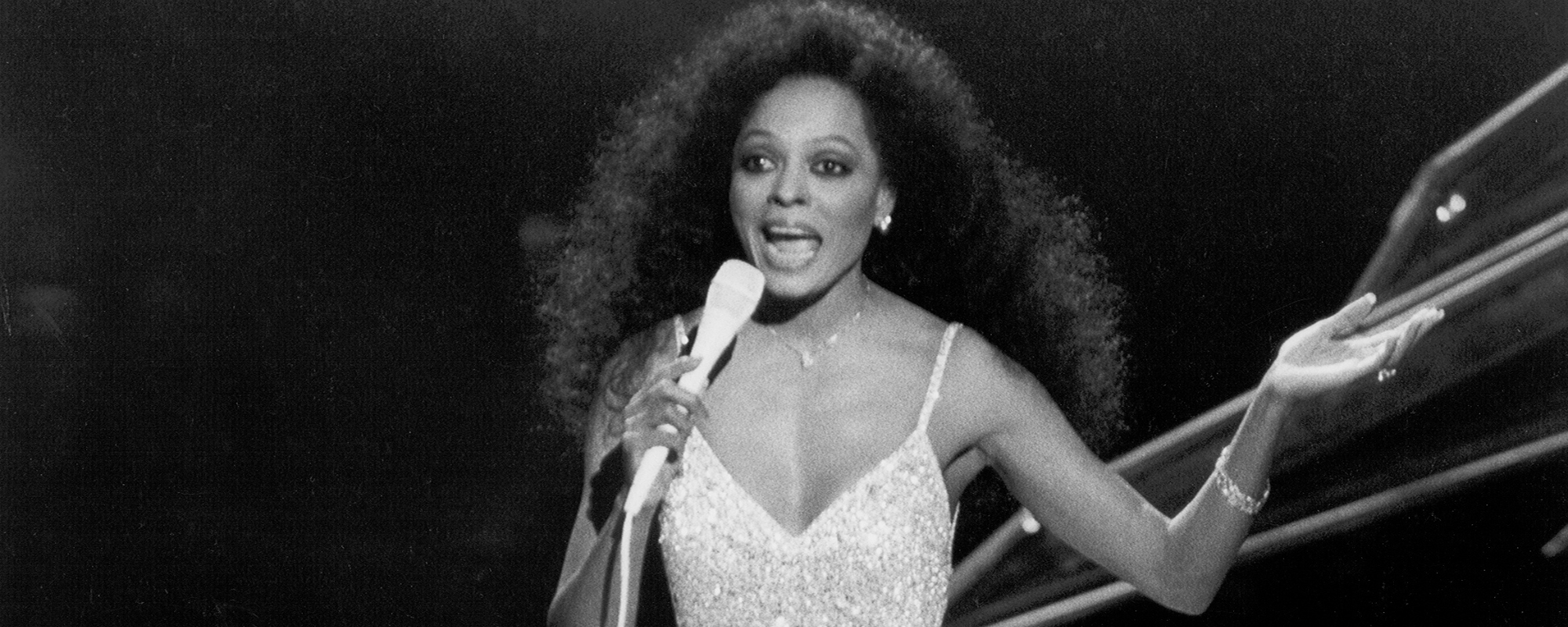

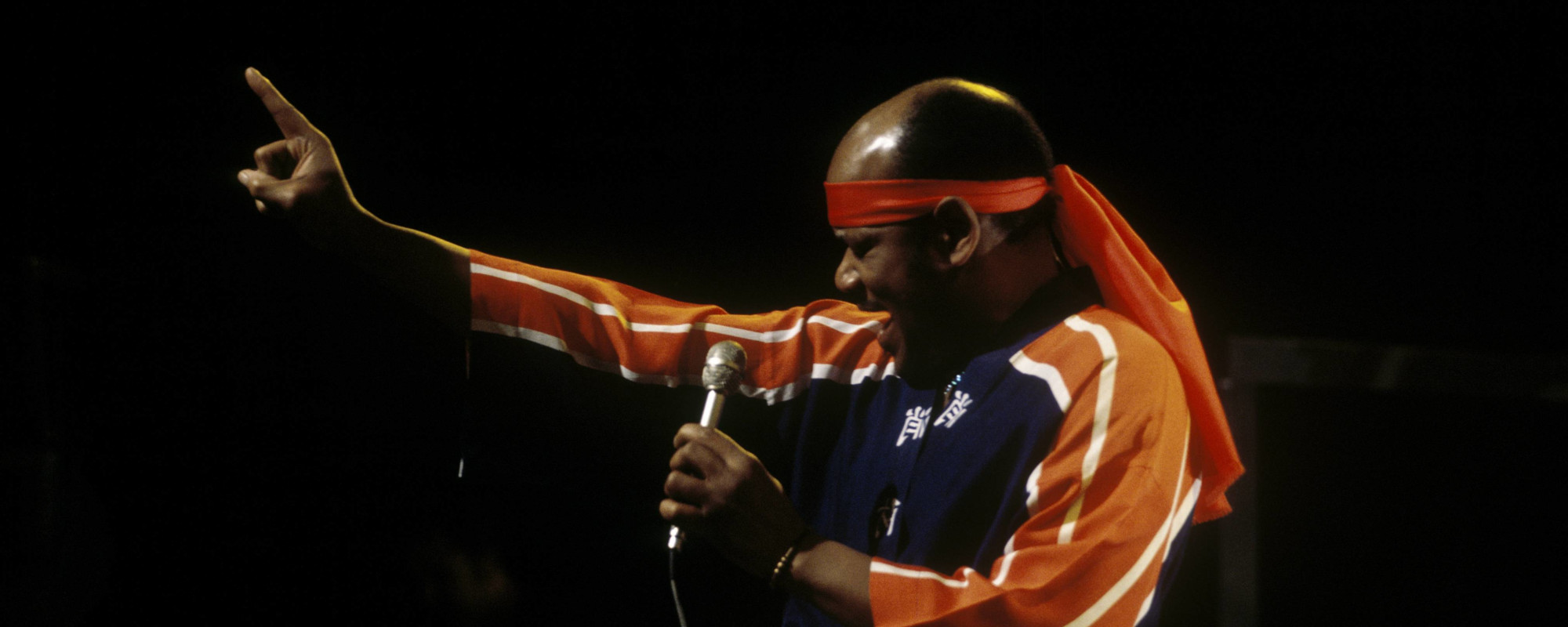
Leave a Reply
Only members can comment. Become a member. Already a member? Log in.